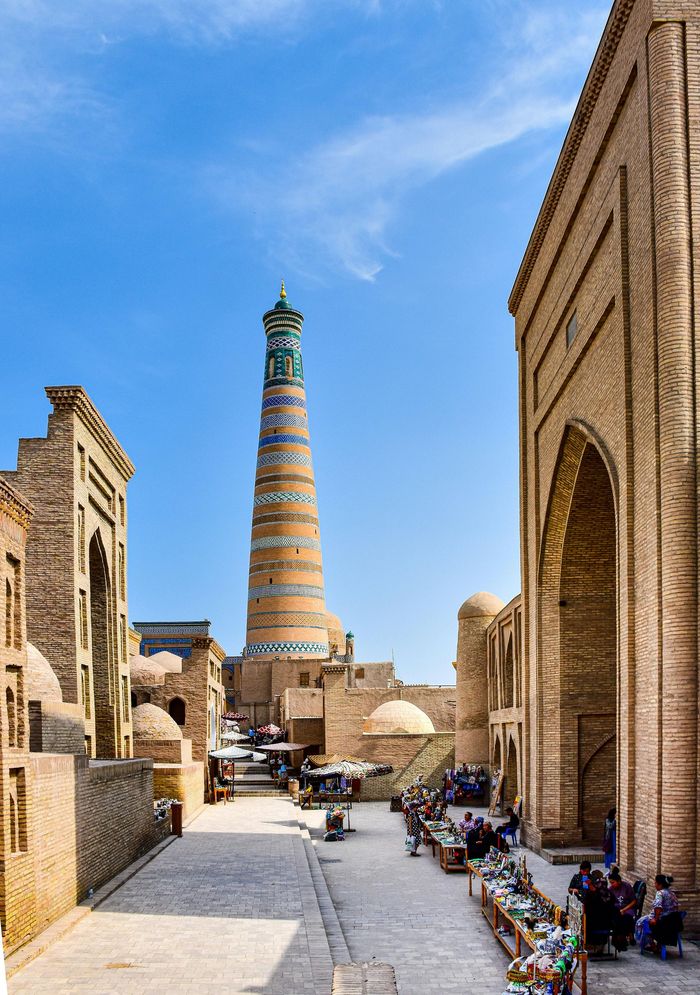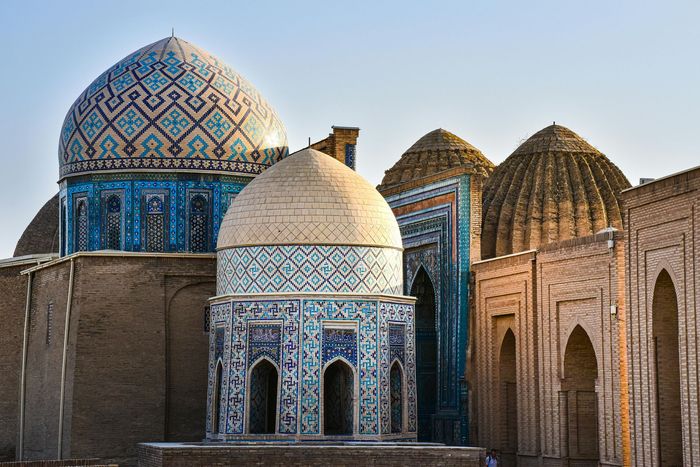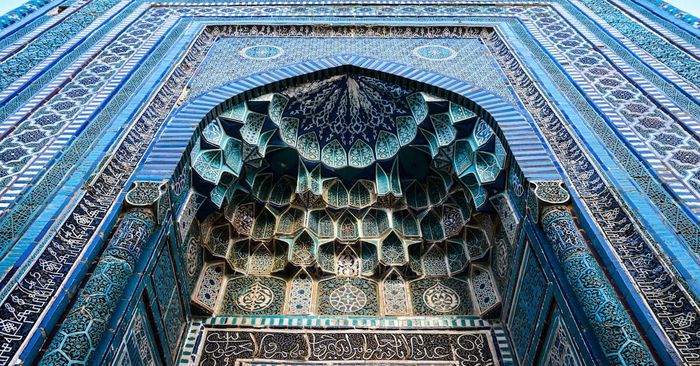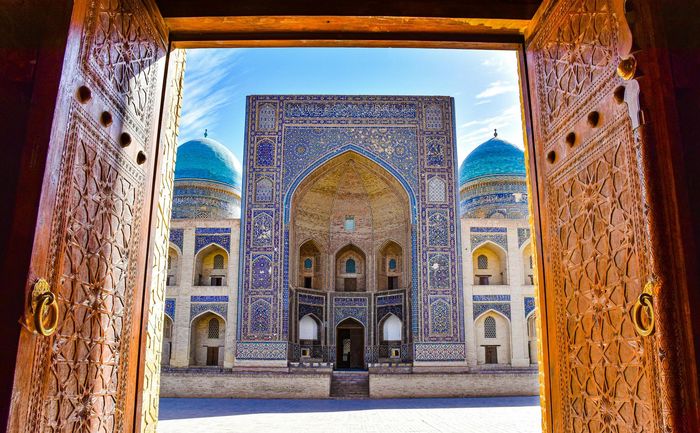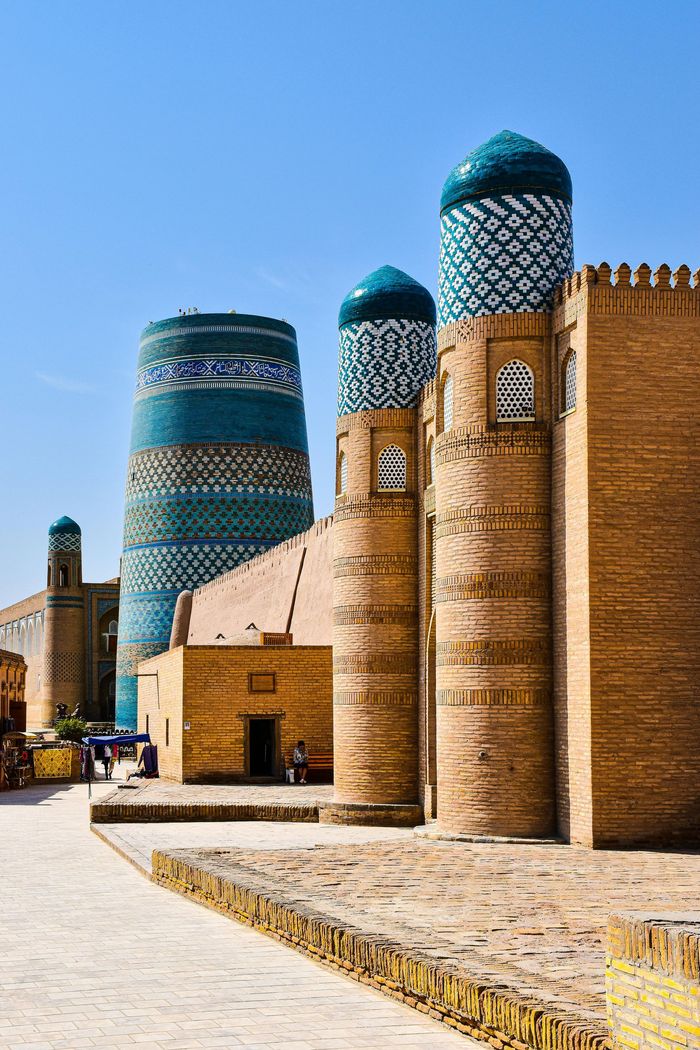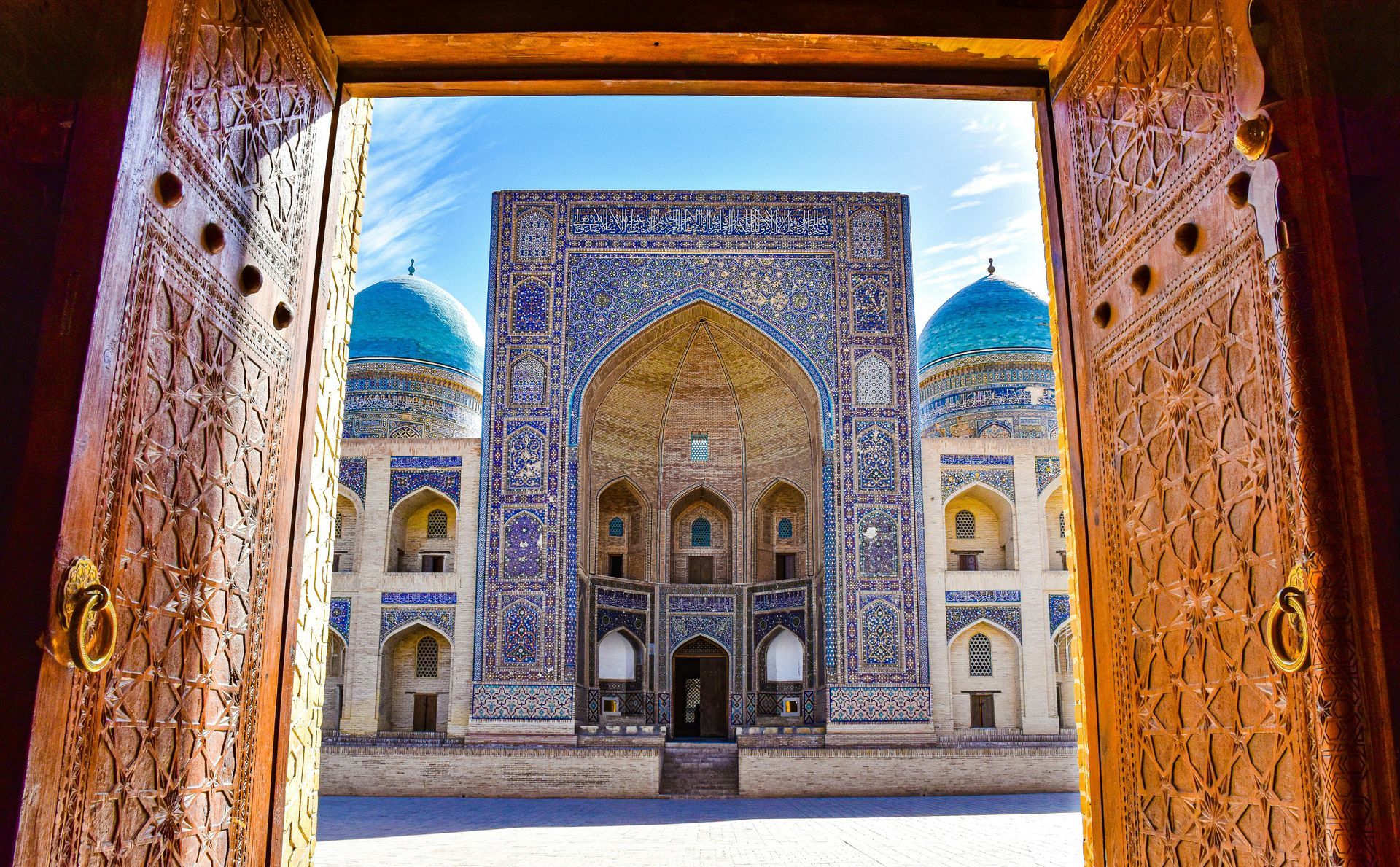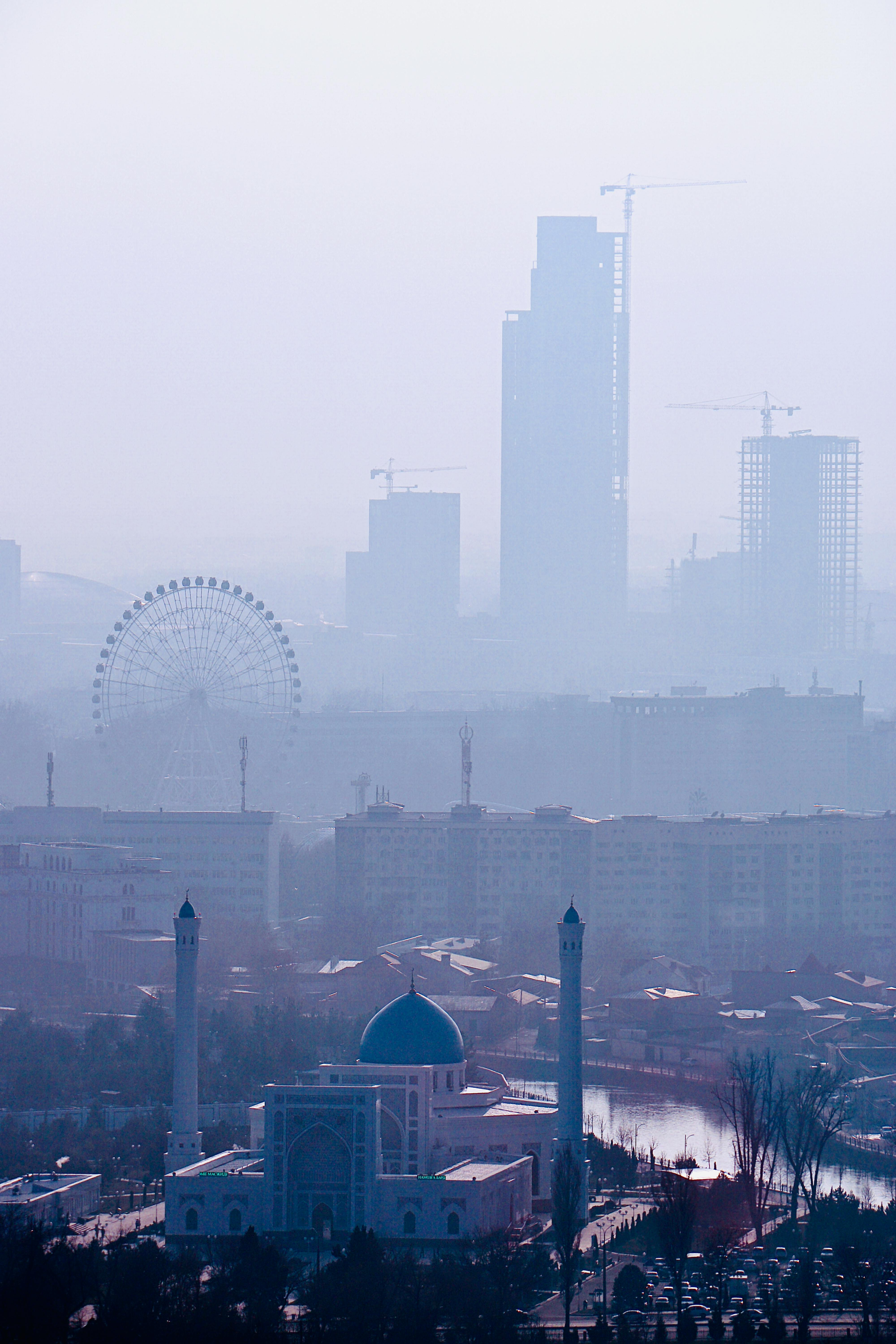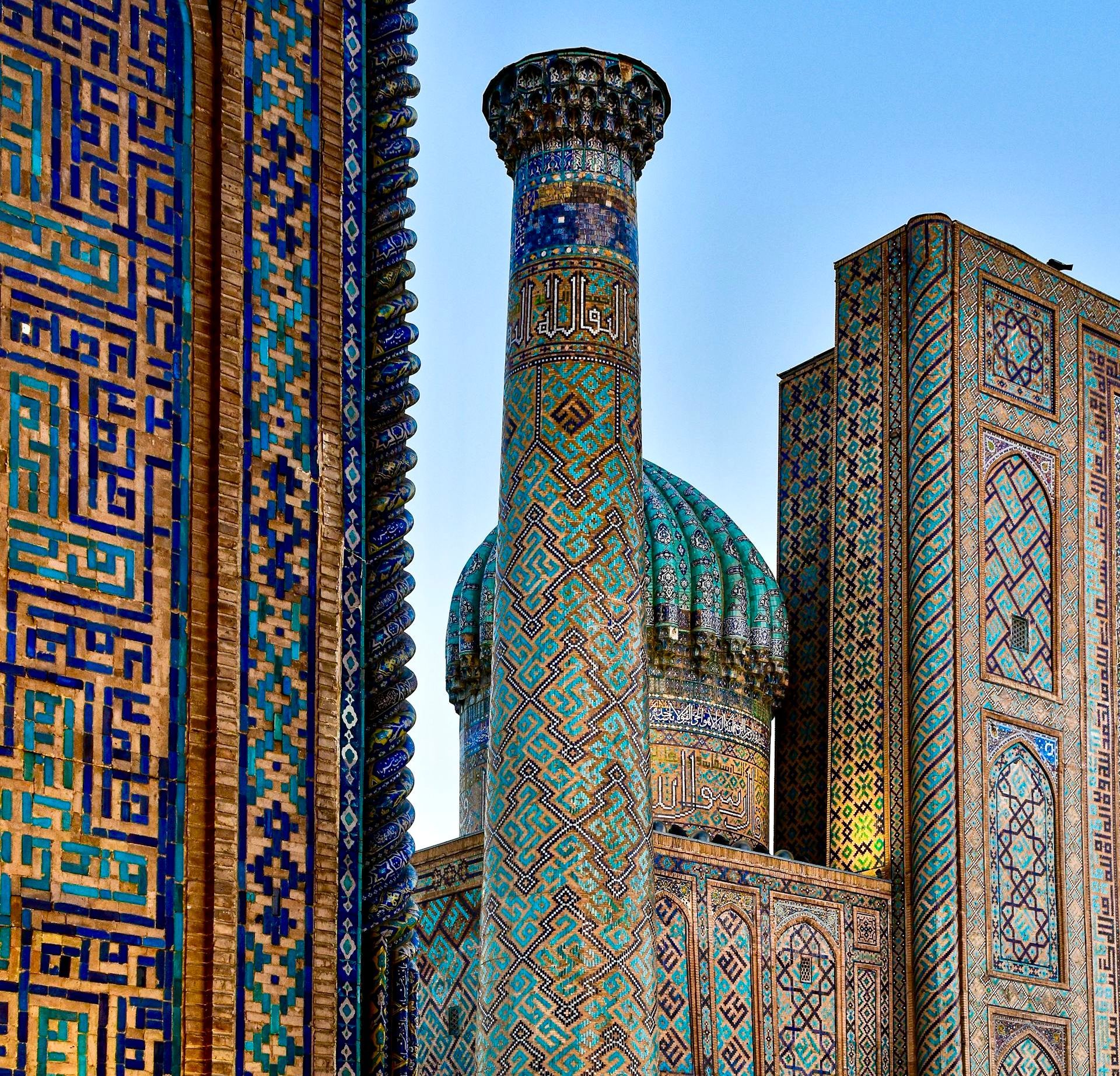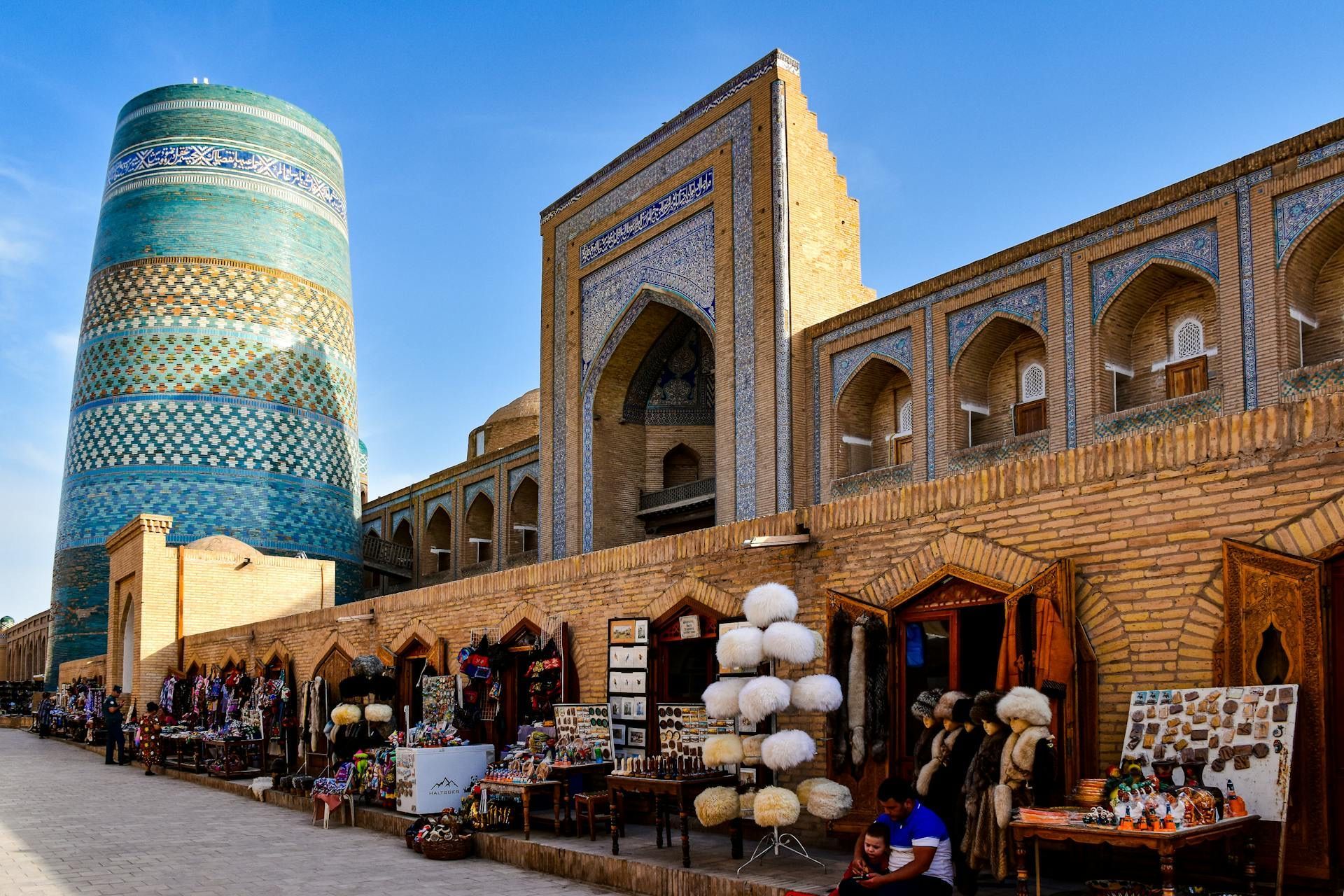MAIN CITIES
TASHKENT
Learn moreSAMARKAND
Describe some quality or feature of the company. Write a short paragraph about it and choose an appropriate icon.
BUKHARA
Describe some quality or feature of the company. Write a short paragraph about it and choose an appropriate icon.
KHIVA
Describe some quality or feature of the company. Write a short paragraph about it and choose an appropriate icon.
WE ARE MEMBERS
FAQs
When is the best time to visit?
The best time is spring (April to June) and autumn (August to October)
What are visa requirements?
Uzbekistan has a visa-free regime for citizens of many countries, allowing to stay up to 30 days. Some require e-visa, some - visa on arrival. Please check the requirements in advance! https://en.wikipedia.org/wiki/Visa_policy_of_Uzbekistan
Do you provide visa support?
Sure! We offer full visa support to make your travel planning as smooth as possible.
Can I customize my tour itinerary?
Absolutely! We understand that every traveler has unique preferences and interests. Wether you want to explore specific historical sites, experience local culture, or enjoy nature, we can tailor the itinerary to suit your interests.
What is the currency?
The local currency is Som (UZS). You can use your debit/credit cards or exchange money at ATMs or banks. Please note, some places accept only cash payments.


